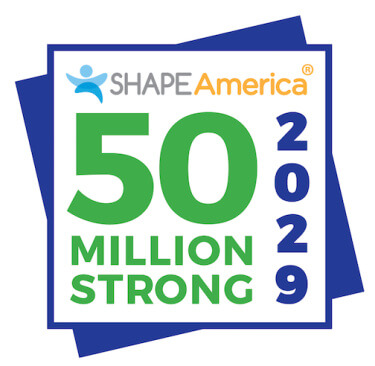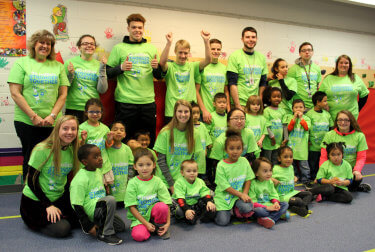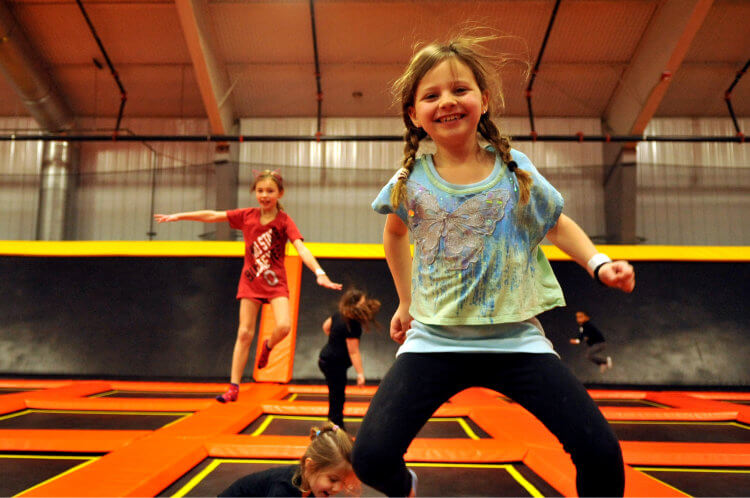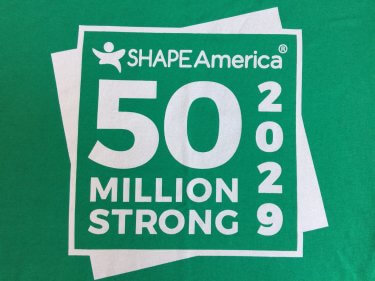50 Million Strong by 2029 is SHAPE America’s commitment to empower all children to lead healthy and active lives through effective health and physical education programs (SHAPE America).
SHAPE America has a bold goal. But it’s one that all of us who teach physical education should be striving to achieve. If 50 million sounds like a huge number, it is! And it’s easy to suggest it’s an unrealistic goal. But in honesty, it’s not so impossible to imagine success if we think about this goal one student at a time.
As the school year winds down and we break for summer, it’s a good time to think about our programs and how we can improve. Where can we add things that give our kids the best chance to be a part of 50 Million Strong? All of us who teach physical education do our best to instill in our students the idea that physical activity is good for them and that they can have fun at the same time. So now, we need to ask ourselves “How can we make our programs even more effective?” The film I’ve shared below shows some of the things we are doing at Mott Road Elementary to help our kids join the “50 Million Strong” club.
Like many of you, we have students who get dropped off early before school begins. A few years ago, we had the idea of opening the gym for an activity we called “Exercise for Excellence.” We wanted the kids to see that this wasn’t just free time in the gym. Instead, we wanted students to make the connection between exercise and their brains and help them realize that having fun moving each day can help them learn better.





